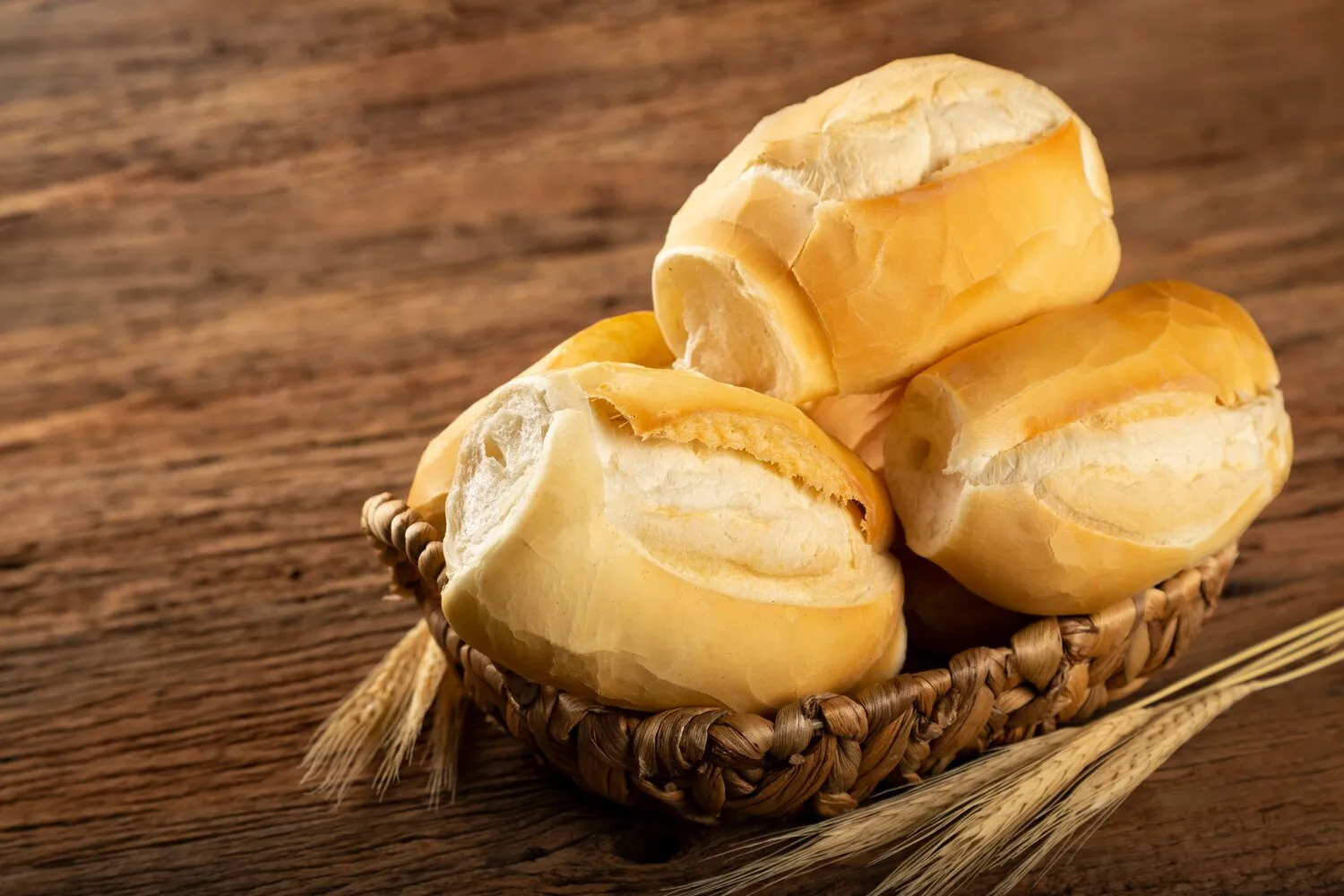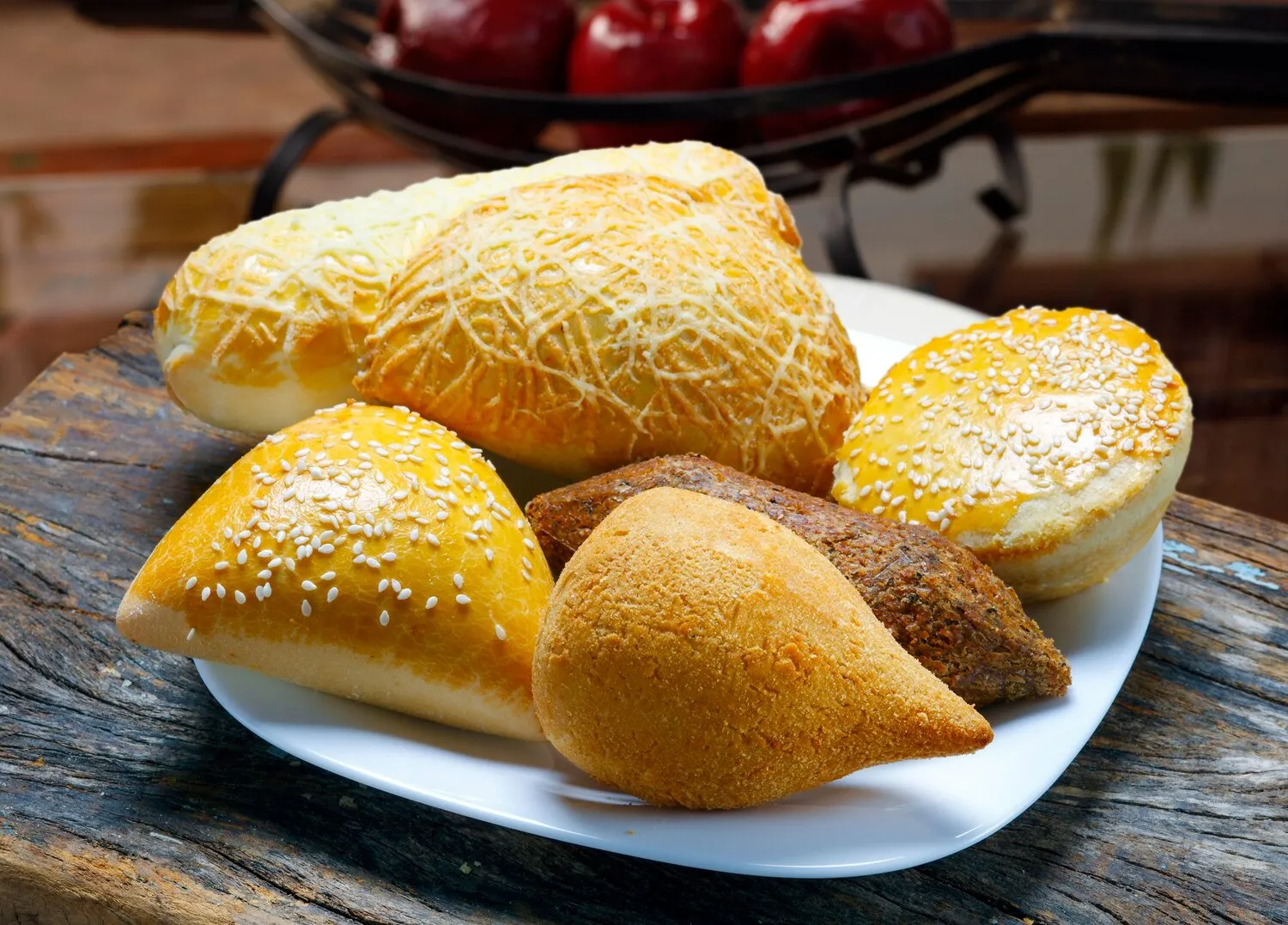
Pastries and Cakes
A variety of pastries and cakes are available, often featuring seasonal ingredients and baked fresh daily.
Nutrition Facts
* The % Daily Value (DV) tells you how much a nutrient in a serving of food contributes to a daily diet. 2,000 calories a day is used for general nutrition advice.
French pastry has a rich history, evolving from simple bread-making traditions in the Middle Ages. Innovations in ingredients, techniques, and presentation, particularly during the Renaissance and the reign of Louis XIV, elevated pastry to an art form. The croissant's origin is debated, possibly inspired by Austrian Kipferl, but perfected in France. Tarts have a long history, with versions existing in various cultures, adapted and refined within the French patisserie tradition.
Pastries and cakes play a significant role in French culture, enjoyed as breakfast staples, afternoon treats, and celebratory desserts.
Breakfast Ritual
Croissants and pain au chocolat are common breakfast items, often enjoyed with coffee. They are readily available at boulangeries and patisseries across France.
Celebratory Occasions
Tarts and other cakes are central to celebrations such as birthdays, weddings, and holidays. The specific type of pastry often varies depending on the occasion and region.
Symbol of French Gastronomy
These pastries are considered emblematic of French culinary artistry and skill, representing the attention to detail and quality ingredients characteristic of French cuisine.
The flavors in these pastries range from buttery and flaky to rich and chocolaty, often incorporating fruit or cream fillings for added complexity.
Croissants boast a buttery, layered flavor achieved through repeated folding and lamination of dough with butter. Pain au chocolat combines this buttery flakiness with the rich, slightly bitter sweetness of dark chocolate. Tarts offer a wide variety of flavor profiles depending on the filling, from the tartness of berries to the sweetness of apples or the richness of chocolate or cream. Textural contrast is also a key element, with the crisp pastry crust complementing the smooth or creamy fillings.
Butter Quality
Use high-quality butter with a high fat content for the best flavor and texture in croissants and pain au chocolat.
Temperature Control
Keep the dough cold during lamination to prevent the butter from melting and ensuring distinct layers.
Blind Baking
For tarts, blind bake the crust before adding the filling to prevent a soggy bottom.
Fresh Ingredients
For tarts, using fresh, in-season fruits will enhance the flavor.
Explore additional Bakery dishes and restaurants
Explore BakeryDiscover top dining spots and culinary experiences in Berlin.
Explore BerlinLearn more about the food culture, restaurant scene, and culinary heritage of Germany.
Explore Germany
